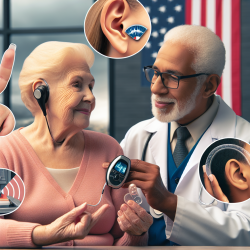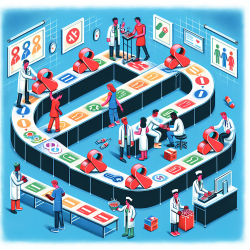Introduction
In the journey of recovery from substance use disorders (SUDs), adolescents face unique challenges. The rapid development of their brains makes them particularly vulnerable to the effects of substances, and untreated SUDs can lead to chronic addiction. A variety of psychosocial treatments, such as family-based approaches, motivational enhancement, and cognitive behavioral therapy, have shown effectiveness. However, the integration of 12-step programs as a continuing care option can significantly enhance treatment outcomes for adolescents.
The 12-Step Philosophy
The 12-step philosophy, originating from Alcoholics Anonymous (AA), is a peer-led, community-based recovery support model. It emphasizes mutual help, spiritual growth, and personal responsibility. Despite the spiritual undertones, these programs do not require adherence to any particular belief system, making them accessible to a diverse audience. The 12 steps provide a structured approach to recovery, focusing on abstinence, personal inventory, and making amends.
Research Findings on Adolescents and 12-Step Programs
Research indicates that adolescents who engage in 12-step programs often experience better recovery outcomes. Participation in these programs is associated with increased abstinent days and reduced healthcare costs. Adolescents involved in 12-step programs report improved mental health, relationships, and overall quality of life. However, only a small percentage of 12-step program members are under 21, highlighting the need for increased accessibility and tailored approaches for younger participants.
Barriers and Solutions
Several barriers can hinder adolescents from engaging in 12-step programs. These include developmental characteristics such as limited insight, resistance to the concept of powerlessness, and a preference for autonomy. Additionally, logistical issues like transportation and a lack of age-appropriate groups can pose challenges. To address these, clinicians can connect adolescents with peer role models who advocate for the benefits of 12-step involvement. Online meetings and youth-focused groups can also enhance accessibility and engagement.
Practical Implications for Practitioners
For practitioners working with adolescents, understanding the potential benefits and challenges of 12-step programs is crucial. Encouraging participation in these programs can provide adolescents with a supportive network and practical skills for maintaining sobriety. Clinicians should explore community-based options like recovery high schools and alternative peer groups, which are professionally directed and developmentally appropriate. If these are unavailable, online resources and secular mutual help groups like SMART Recovery may serve as viable alternatives.
Conclusion
While further research is needed, current evidence supports the inclusion of 12-step programs as a cost-effective adjunct to professional treatment for adolescents with SUDs. By fostering a supportive community and providing structured recovery pathways, these programs can play a pivotal role in achieving long-term recovery. Clinicians are encouraged to consider these findings in their practice and explore innovative ways to integrate 12-step philosophies into adolescent care.
To read the original research paper, please follow this link: The Twelve Steps and Adolescent Recovery: A Concise Review.










